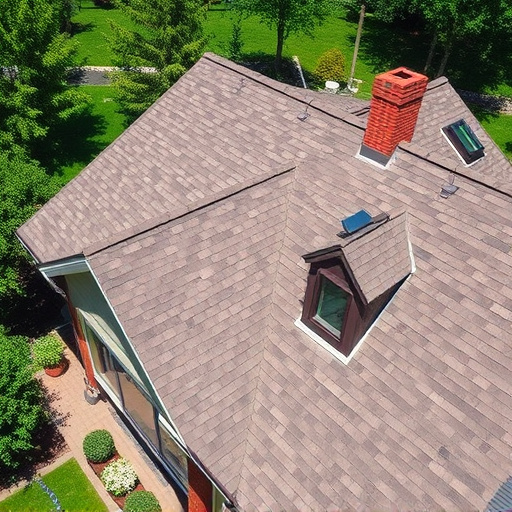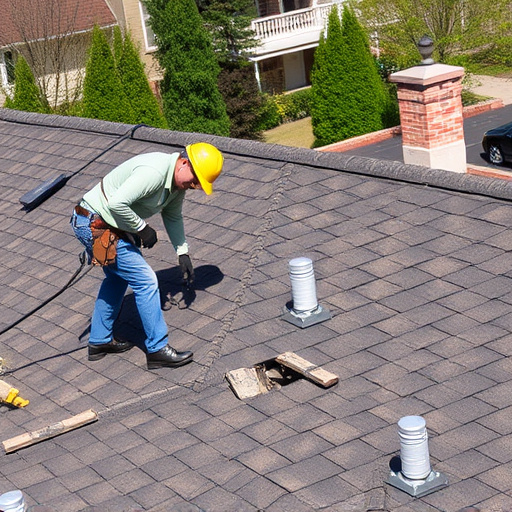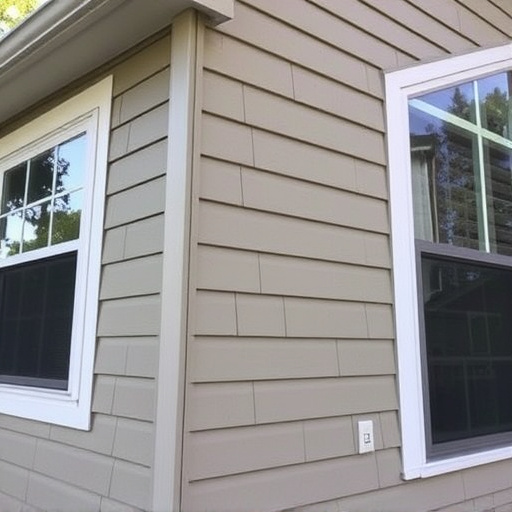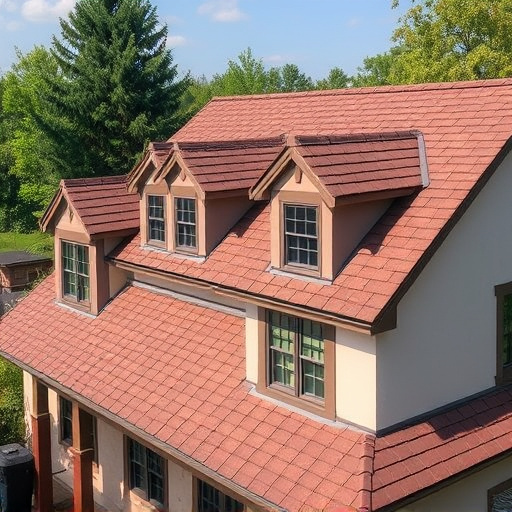Before starting any roofing or siding install projects, meticulously plan and prepare. Evaluate your home's condition, set a budget, and consult reputable contractors. Assess local building codes, obtain permits, and create a detailed timeline considering weather and supplier lead times. Ensure proper waste management for materials. This initial phase guarantees a smooth installation process, long-lasting results, and enhanced curb appeal for years to come, with efficient coordination of tasks like integrating siding installations with roofing work. Gather necessary permits and documentation based on local requirements, ensuring compliance with construction codes and safety standards. Have detailed plans ready to streamline the permitting process for a successful siding install project.
Coordinating roofing and siding install projects demands meticulous planning and selection of the right materials and contractors. This comprehensive guide navigates the process from initial assessment to final touches, ensuring a seamless transformation. We’ll walk you through crucial steps like understanding project scope, gathering permits, creating schedules, choosing durable and aesthetically pleasing materials, and selecting reputable professionals. Remember that proper execution and post-installation checks are vital for a job well done, including quality inspections and thorough clean-up.
- Planning and Preparation for Roofing and Siding Install
- – Assessing the Scope of Work
- – Gathering Necessary Permits and Documentation
Planning and Preparation for Roofing and Siding Install

Before tackling a roofing and siding install project, meticulous planning and preparation are paramount to ensure a smooth and successful outcome. Start by evaluating your home’s current state, identifying areas that require attention, and setting a realistic budget. Consult with reputable contractors or home exterior services providers who can offer expert advice tailored to your specific needs. This initial phase involves assessing the extent of the work, understanding local building codes, and obtaining necessary permits, which are crucial steps in the siding install process.
Additionally, create a detailed timeline, factoring in weather conditions and supplier lead times, as these can impact the overall project duration. Ensure proper storage for removed materials and plan for safe disposal or recycling of waste generated during the siding and gutters installation. Proper preparation not only streamlines the installation but also contributes to long-lasting results, ensuring your home’s exterior enhances its curb appeal for years to come.
– Assessing the Scope of Work

Before diving into any roofing or siding install projects, it’s crucial to assess the scope of work involved. Understanding your project’s extent ensures efficient planning and budgeting. Begin by examining the existing conditions of both the roof and walls, taking note of their age, material, and overall condition. This initial evaluation will help you determine whether repairs or replacements are needed for each component separately or as part of an integrated renovation.
For instance, a residential siding install might require removing old boards, preparing the wall surface, and installing new materials. Conversely, roofing solutions could involve repairing leaks, replacing missing shingles, or even a full roof replacement. Assessing the scope allows you to coordinate tasks effectively, ensuring that siding installations complement any simultaneous roofing work and vice versa, leading to a more seamless and successful project outcome.
– Gathering Necessary Permits and Documentation

Before starting any roofing or siding install projects, gathering the necessary permits and documentation is a crucial step. This process varies based on your location, so it’s essential to consult with local building departments or a roof consulting expert to understand the specific requirements for your area. Typically, you’ll need to obtain building permits, especially for major renovations or replacements, ensuring compliance with local construction codes. For residential siding installation, these permits ensure that your project meets safety standards and protects property values.
Additionally, some areas may require specific documentation detailing the materials used, especially if they are non-standard or unique. It’s recommended to have detailed plans and specifications ready, as this can streamline the permitting process. With proper documentation in place, you’ll be well on your way to a successful siding install project, ensuring that all work complies with local regulations.
When coordinating a roofing and siding install project, meticulous planning and preparation are key. By assessing the scope of work and gathering necessary permits, you lay the groundwork for a successful and seamless installation process. Remember that proper preparation ensures not only high-quality results but also adheres to local regulations, ultimately saving time and resources in the long run. For a smooth siding install experience, start with these essential steps and watch your home transformation unfold.













